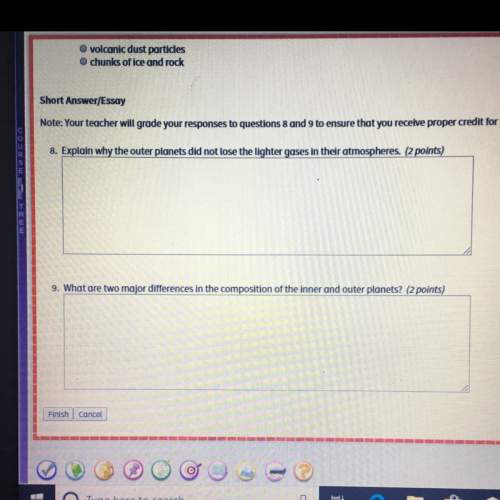
Chemistry, 20.10.2019 00:30, ranamontana98
Disappearance of no in ! ? the following data were collected for the rate of disappearance of no in the reaction 2 no(g) + o2(g) ¨ 2 no2(g).
run: [no](m) [o2](m) initail rate (m/s) 1 .0126 .0125 1.41 x 10^-2 2 .0252 .0125 5.64 x 10^-2 3 .0252 .0250 1.13 x 10^-1 (a) what is the rate law for the reaction? (b) what are the units of the rate constant? (c) what is the average value of the rate constant calculated from the three data sets?
(d) what is the rate of disappearance of no when [no] = 0.0750 m and [o2] = 0.0100 m?
(e) what is the rate of disappearance of o2 at the concentrations given in part (d)?
explain!

Answers: 1
Other questions on the subject: Chemistry

Chemistry, 22.06.2019 11:30, ayoismeisjjjjuan
Which statement best describes the flow of energy in this scenario
Answers: 1

Chemistry, 22.06.2019 12:30, pup88
According to the valence shell electron pair repulsion (vsepr) theory, a molecule that has four electron groups around the central atom will exhibit what electron geometry? view available hint(s) according to the valence shell electron pair repulsion (vsepr) theory, a molecule that has four electron groups around the central atom will exhibit what electron geometry? trigonal bipyramidal tetrahedral square planar determination of electron geometry requires information on whether the electron groups are lone pairs or bonding groups.
Answers: 2

Chemistry, 22.06.2019 13:50, awesomegamergurl13
What happens when an atom of sulfur combines with two atoms of chlorine to produce sci2? a. each chlorine atom shares a pair of electrons with the sulfur atom. b. an electron is transferred from each chlorine atom to the sulfur atom. c. an electron is transferred from the sulfur atom to each chlorine atom. d. each chlorine atom shares all its valence electrons with the sulfur atom.
Answers: 2

Chemistry, 22.06.2019 17:30, kevin72937
Consider the story you just read. all but one of the choices below indicate that something is living.
Answers: 1
Do you know the correct answer?
Disappearance of no in ! ? the following data were collected for the rate of disappearance of no i...
Questions in other subjects:




Social Studies, 01.07.2021 20:10












